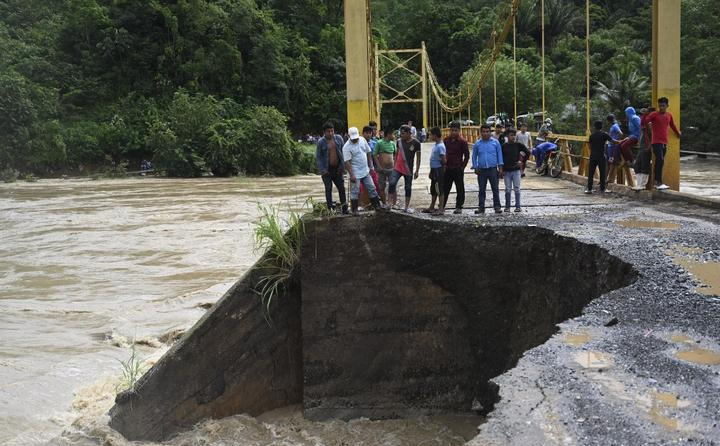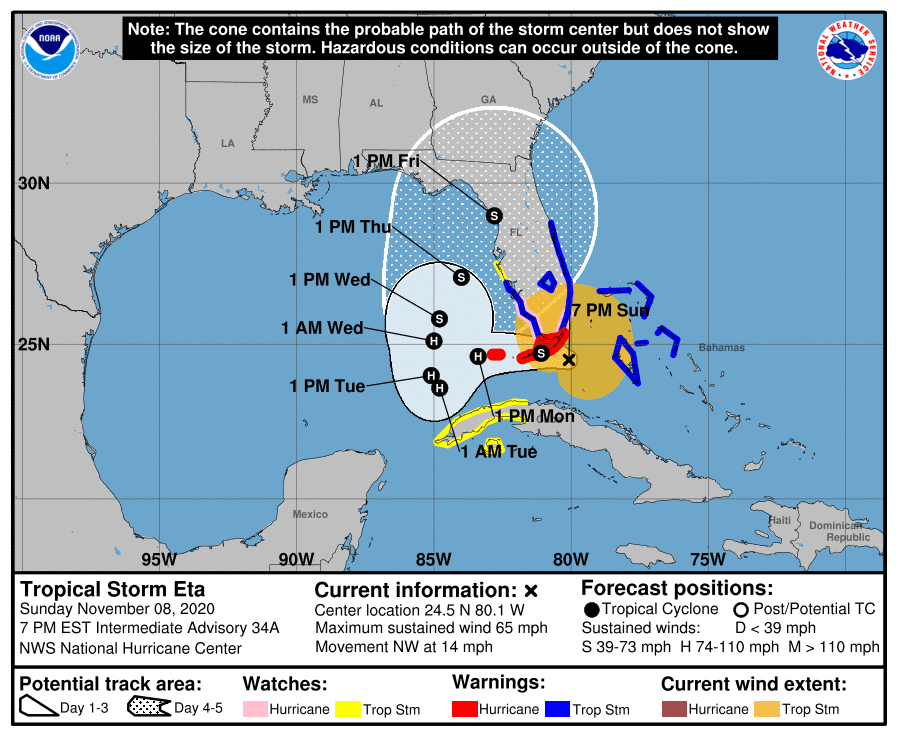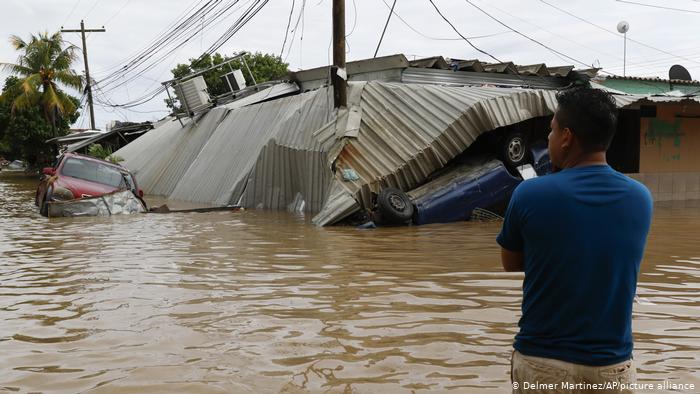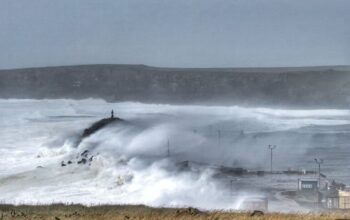Eta hits Central America, Cuba, now Florida
Tropical Storm Eta has already left dozens dead and over 100 missing in Central America. It has now made landfall in Cuba, prompting the US to put parts of southern Florida and the Keys on hurricane watch.

Written content partially from Bianca Padro Ocasio Miami Herald and partially from DW
After steamrolling into Central America last week as a major hurricane, Tropical Storm Eta struck Cuba on Sunday with 65 mile-per-hour (100 kilometer-per-hour) winds and heavy rains.
The NHC warned that tropical-storm-force winds extended more than 100 miles away from the center.
Much of central Cuba was already under a tropical storm warning prior to making landfall, as was the northwestern Bahamas and the southern part of the US state of Florida.
A most unusual path

Florida
Florida Governor Ron DeSantis declared a state of emergency in southern counties of the state, in advance. Beaches, ports and coronavirus testing centers, and public transportation were shut down by officials, who urged residents to stay off the street.

Shelters were opened in Miami and Florida Keys for people with mobile homes and those living in low-lying areas.
The storm could potentially gain strength as it travels into the Gulf of Mexico. Hurricane watches are in effect for the Florida coastline from Deerfield Beach to Bonita Beach and the Florida Keys from Ocean Reef to Dry Tortugas.
Much of central Cuba was already under a tropical storm warning prior to making landfall, as was the northwestern Bahamas and the southern part of the US state of Florida.
More than 24,000 customers were without power on Sunday evening ahead of Tropical Storm Eta’s approach to South Florida, according to Florida Power and Light’s outage map.
Over the weekend, power was restored to another 50,000 who lost electricity due to the storm, the utility company said.
While the worst of the storm was not expected until later Sunday and early Monday, customers had been impacted since Saturday morning due to falling trees and vegetation, and more outages were expected over the next several days.
“In some parts of our area, the ground is already saturated with water causing trees to more easily uproot and topple over into power lines,” said FPL President and CEO, Eric Silagy, via a statement.
While the utility company said it has 10,000 workers prepared to restore power crews must wait for any flood waters to recede before they can access their equipment and begin restoration. Crews also cannot be out on the streets if winds are more than 35 miles per hour. Read more from DW Read more from Miami Herald
Read other severe weather stories from News Without Politics
Subscribe to News Without Politics





